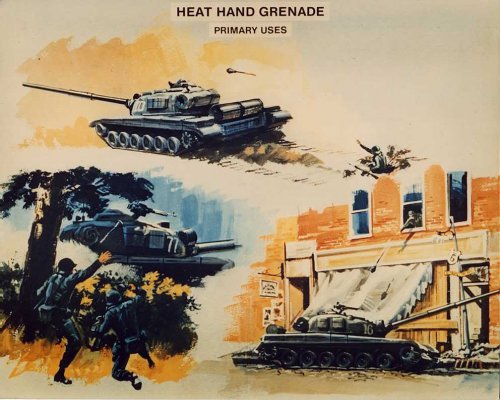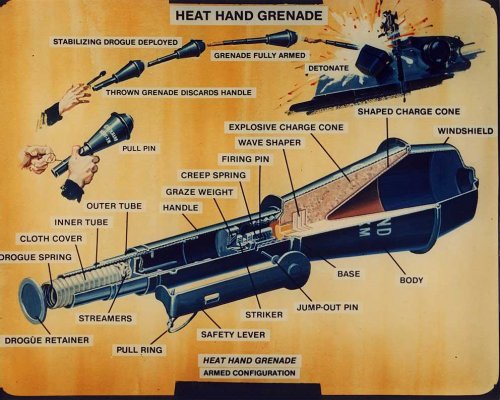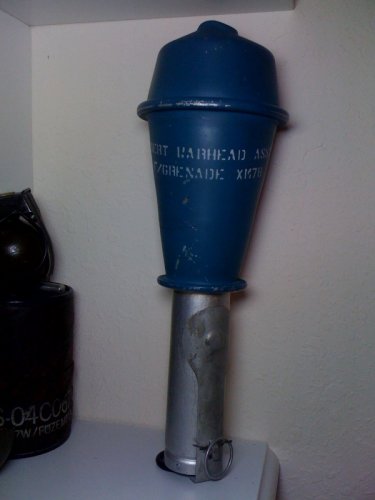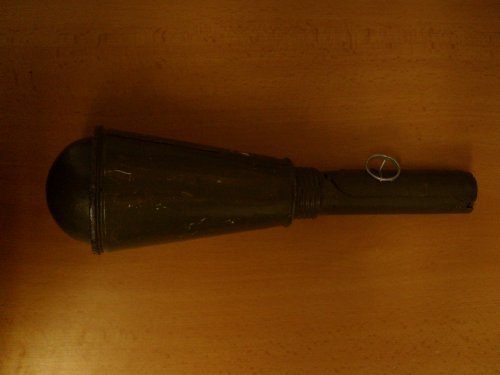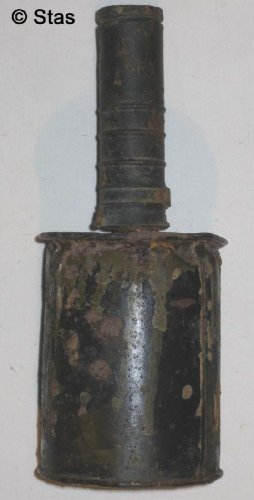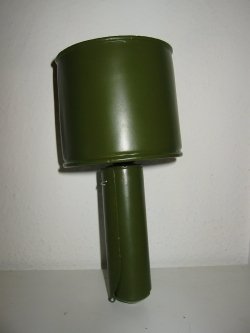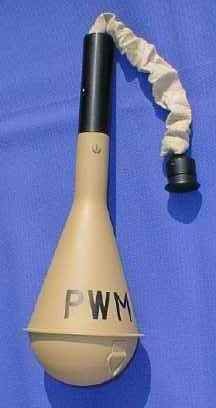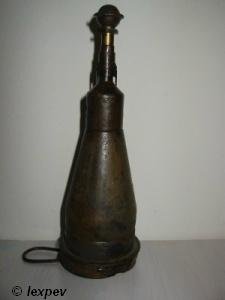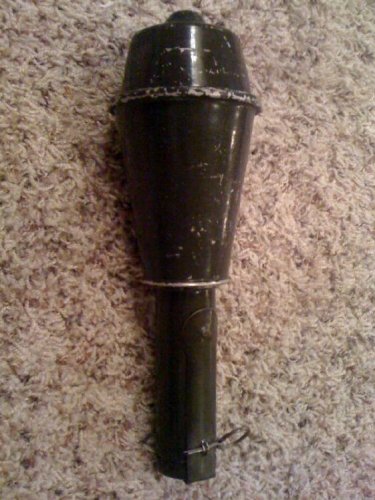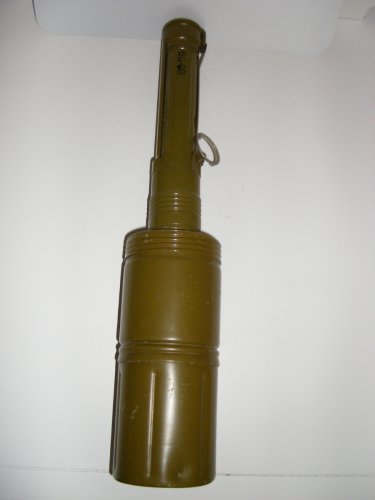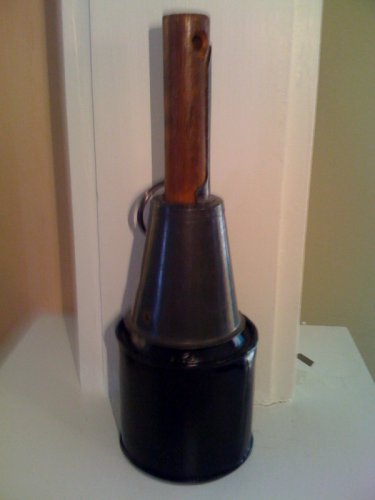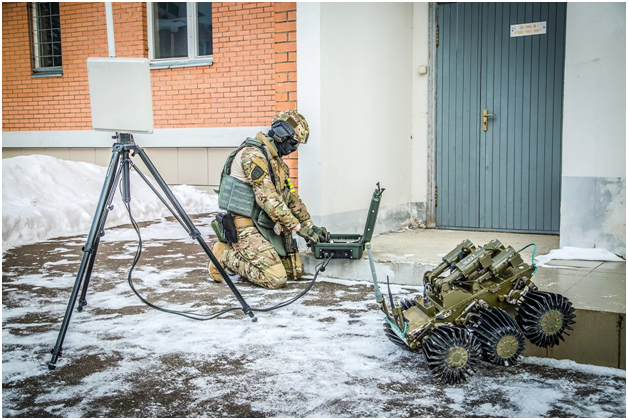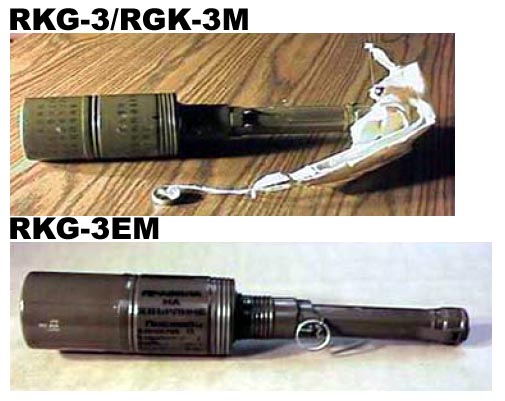- Joined
- 9 October 2009
- Messages
- 21,973
- Reaction score
- 13,631
Came across this project on a old Army Recognition forum thread (h/t jackehammond). Still trying to track down more details on this, but despite being an early '80's program, it seems that its roots can be traced back to this 1973 project (originally begun under the Munitions Branch of the USALWL [US Army Limited Warfare Laboratory]):
The project continued at least into 1974, as can be seen by this interim report from the Army Land Warfare Laboratory.
Note: Another separate report may have (likely indirectly, in this case) also fed into the 1980's program, i.e. Technical Report No. 74-92 "Improved Hand-Launched Antitank Munition for Urban Warfare" (again originating from the USALWL, but from it's Research Analysis Office). I haven't been able to locate a copy yet, though.
TASK NUMBER: 02-F-74
TITLE: Shaped Charge, Antitank, Hand-Thrown
AUTHORIZED FUNDING: $12,167
TASK DURATION: 12 July 1973
DESCRIPTION AND RESULTS: There is no hand-deployed device available to give the
infantryman in urban warfare the capability to disable a tank which is buttoned
up. Preliminary development of the device was being completed upon deactivation.
It will be 2.5 inches diameter by 7 inches long and weigh approximately 1.5 pounds.
It will be capable of penetrating 4 to 8 inches of armor plate. Existing munitions
components will be used and adapted where possible.
The hand-thrown device will be oriented to impact as nearly perpendicular
to the tank surface as possible or to be retained and orient itself after impact
with the tank surface. Fuzing and orientation were expected to be the major
technical problems.
The project continued at least into 1974, as can be seen by this interim report from the Army Land Warfare Laboratory.
This program was performed by the US Army Land Warfare Laboratory under LWL Task O2-F-74 in response to a request from US Army units in Germany for a
hand-thrown grenade capable of defeating a tank.
Descriptions of proposed desiqns are included and the results of limited
tests recorded.
INTRODUCTION
Current standard US Army antitank weapons have been designed to provide maximum
practical stand-off range. One of the consequences of this is generally
a significant signature at the launcher and occasionally along the trajectory
of the projectile. Another consequence is a minimum range within which the
munition does not function. These characteristics are in direct opposition
to those needed for antitank weapons to be used in a confined area such as
a city. The signature discourages use and the resultant immediate enemy reaction
to the firer. The blast and sound effects in a confined area are
likely to cause serious injury to the firer, and the minimum range may preclude
functioning on the target. A hand-thrown short-range device appeared
to overcome the deficiencies of standard weapons in an urban environment.
A hand deployed device which will give the infantryman in urban warfare the
capability to disable a "buttoned-up" tank is desired. This task provides
a definition of the type devices needed under three different tactical
conditions. Descriptions of a number of proposed designs are presented and
the results of limited tests recorded.
While there is a definite need for such a device, no obvious clear cut
answer was developed; however, the approach toward several possible designs
is described.
Note: Another separate report may have (likely indirectly, in this case) also fed into the 1980's program, i.e. Technical Report No. 74-92 "Improved Hand-Launched Antitank Munition for Urban Warfare" (again originating from the USALWL, but from it's Research Analysis Office). I haven't been able to locate a copy yet, though.

